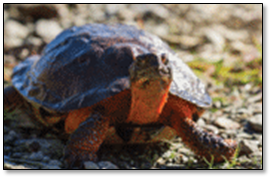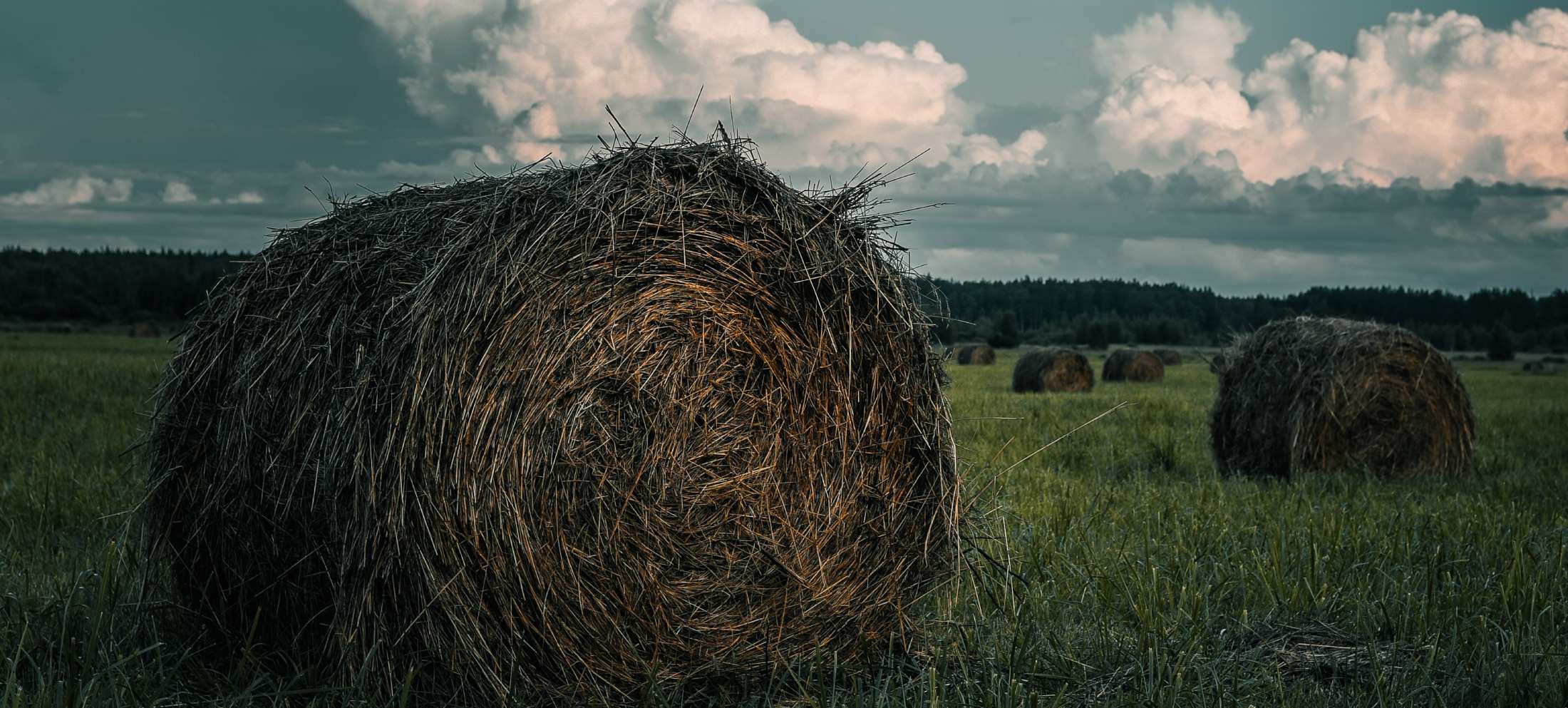As part of the Environmental Farm Plan (EFP) Program, we ask questions about wildlife. These can be related to nuisance issues on the farm (e.g. starlings, deer), but when the conversation shifts to species at risk, the conversation is often “Have you observed any species at risk on your property?” and the answer is “No” or “I’m not sure”. “What about barn swallows – do you have those?” Often the answer is “Yes” or “I used to but I don’t anymore”.
Barn swallows are just one example of the species at risk in the province. They were a common occurrence on Nova Scotia farms a generation ago, but have been declining in numbers for decades. An e-News survey last year identified many nesting locations on farms across the province. Many farmers enjoy having these birds around the farm, but had no idea to the significance of their presence.
Currently, there are 63 different plants and animals on our provincial list ranging from American Martin to Yellow-banded Bumble Bee: https://novascotia.ca/natr/wildlife/species-at-risk/. As a province, and as an industry, we need to ensure we are maintaining and enhancing wildlife habitat on farms to support species at risk conservation and recovery. The 15th Conference of the Parties (COP15) to the United Nations Convention on Biological Diversity was held in Montréal, Quebec in December. COP15 focused on protecting nature and halting biodiversity loss around the world and participants agreed to a global framework putting nature on a path to recovery by 2050. In a previous report by the United Nations, up to one million species globally could face extinction in the near future due to human influence on the natural world.
Environment and Climate Change Canada (ECCC) initiated the Species at Risk Partnerships on Agricultural Lands (SARPAL) program in 2014. The SARPAL initiative is focused on working with the agricultural community to facilitate recovery of Species at Risk (SAR) on agricultural lands through voluntary stewardship actions related to Critical Habitat for Species at Risk.

Agriculture has been working with Dalhousie University, the Nova Scotia Department of Agriculture, Nova Scotia Department of Natural Resources and Renewables, the Clean Annapolis River Project and Birds Canada on various projects and initiatives to improve habitat for species at risk in Nova Scotia. The Wood Turtle Strides project identified critical habitat and provided incentives to conserve habitat. Over 20 farms signed Conservation or Stewardship Agreements covering over 550 hectares that includes some of the most productive Wood Turtle habitats in the species’ range.
Since then, funding has been used to develop factsheets and resources and identify high priority areas for future conservation and on-farm demonstrations of conservation practices. We plan to re-launch the farm biodiversity website: https://www.farmbiodiversity.ca/ this spring and hope that it will be a helpful resource for identifying species at risk and providing resources for their support.
We are also planning a workshop series with Birds Canada later this spring promoting barn swallows and other aerial insectivores – how to identify them, support them and report sightings. More information on the sessions, including dates and locations, will be publicized shortly.
SARPAL funding can also be used to support on-farm initiatives to enhance habitat for species at risk. Whether it’s bird boxes and nesting cups, riparian improvements, pollinator strips or fields, using flushing bars or changes to forage management, these and other options could be considered for funding assistance.
The Canadian Forage and Grassland Association (CFGA) is leading a national project with financial support from the Canada Nature Fund to develop province-specific, on-line habitat and biodiversity management tools. Nova Scotia is one of three provinces to participate in the first phase of the project and the NSFA and NS EFP program are supporting the project activities. The tool should be available on-line soon. It will be incorporated into the EFP program, but will be available to anyone interested in habitat conservation on their property.
Many farms already have existing areas within their farm operation that support biodiversity and provide habitat for a variety of wildlife species. We have a lot of good stories to tell, but as an industry don’t do a good job of telling them. There are many opportunities with current and future funding to continue to conserve critical habitat in our province. If you have a conservation story to share, or a conservation idea you would like to discuss, please contact the EFP office to discuss: efp@nsfa-fane.ca



